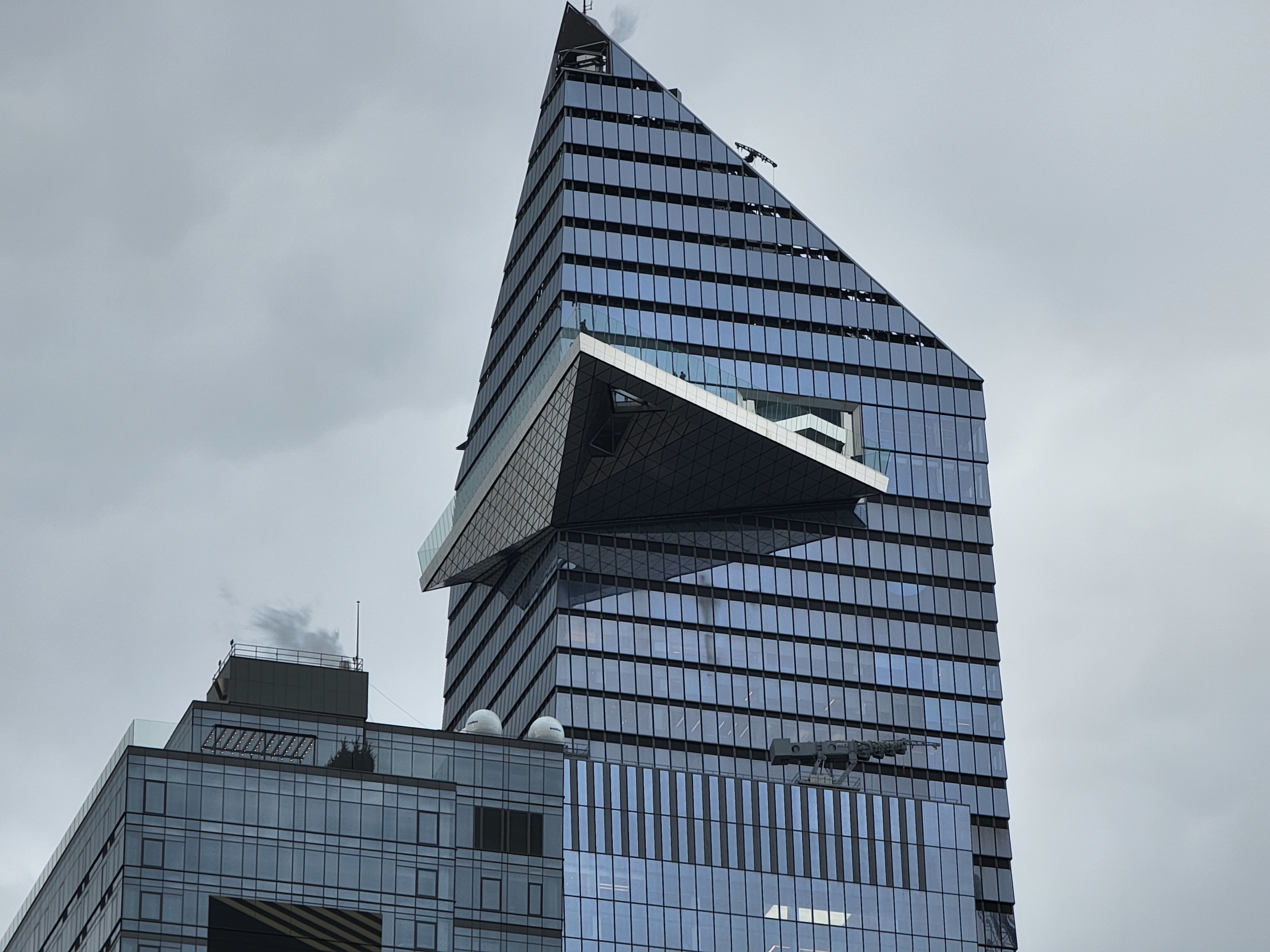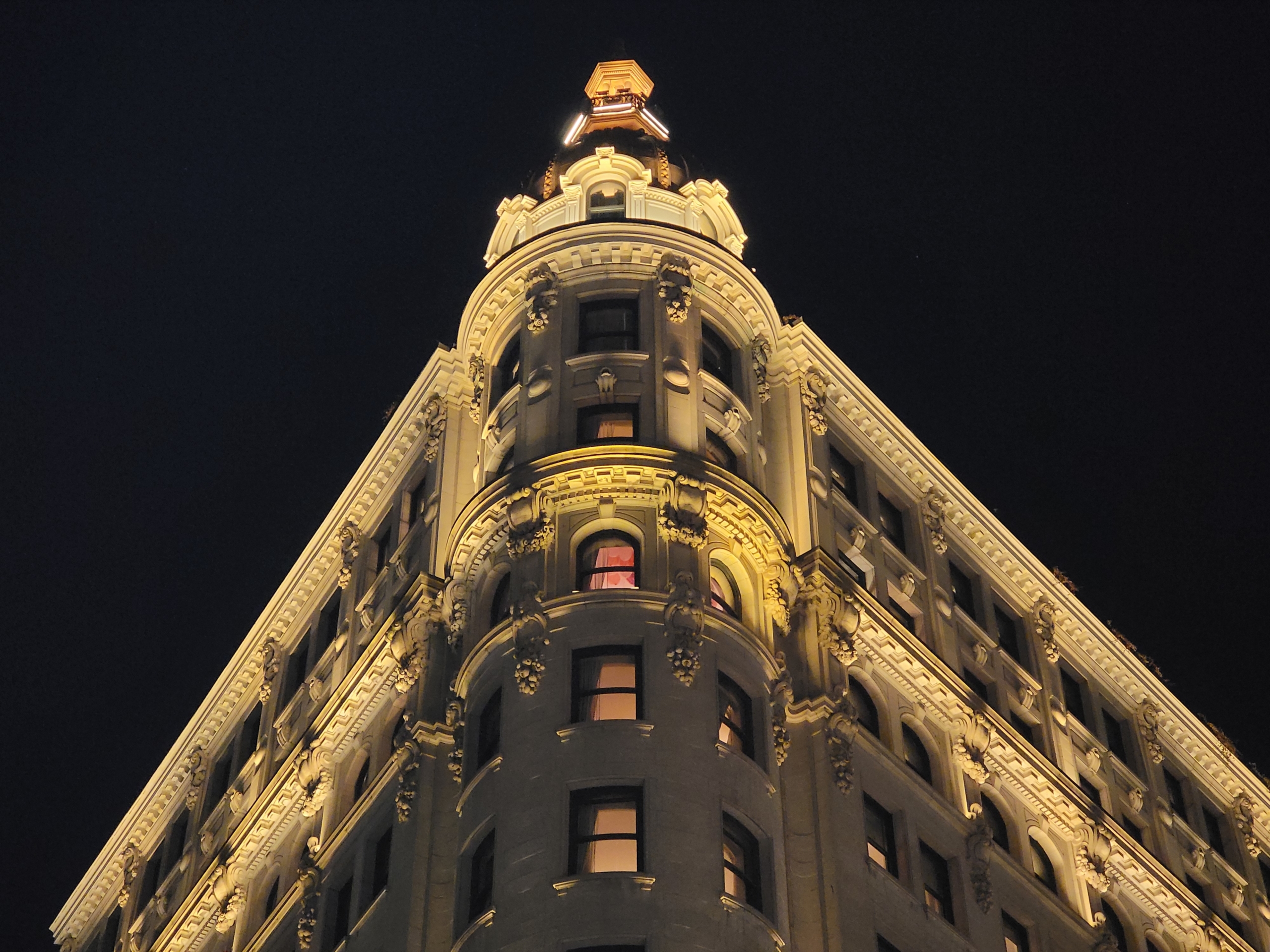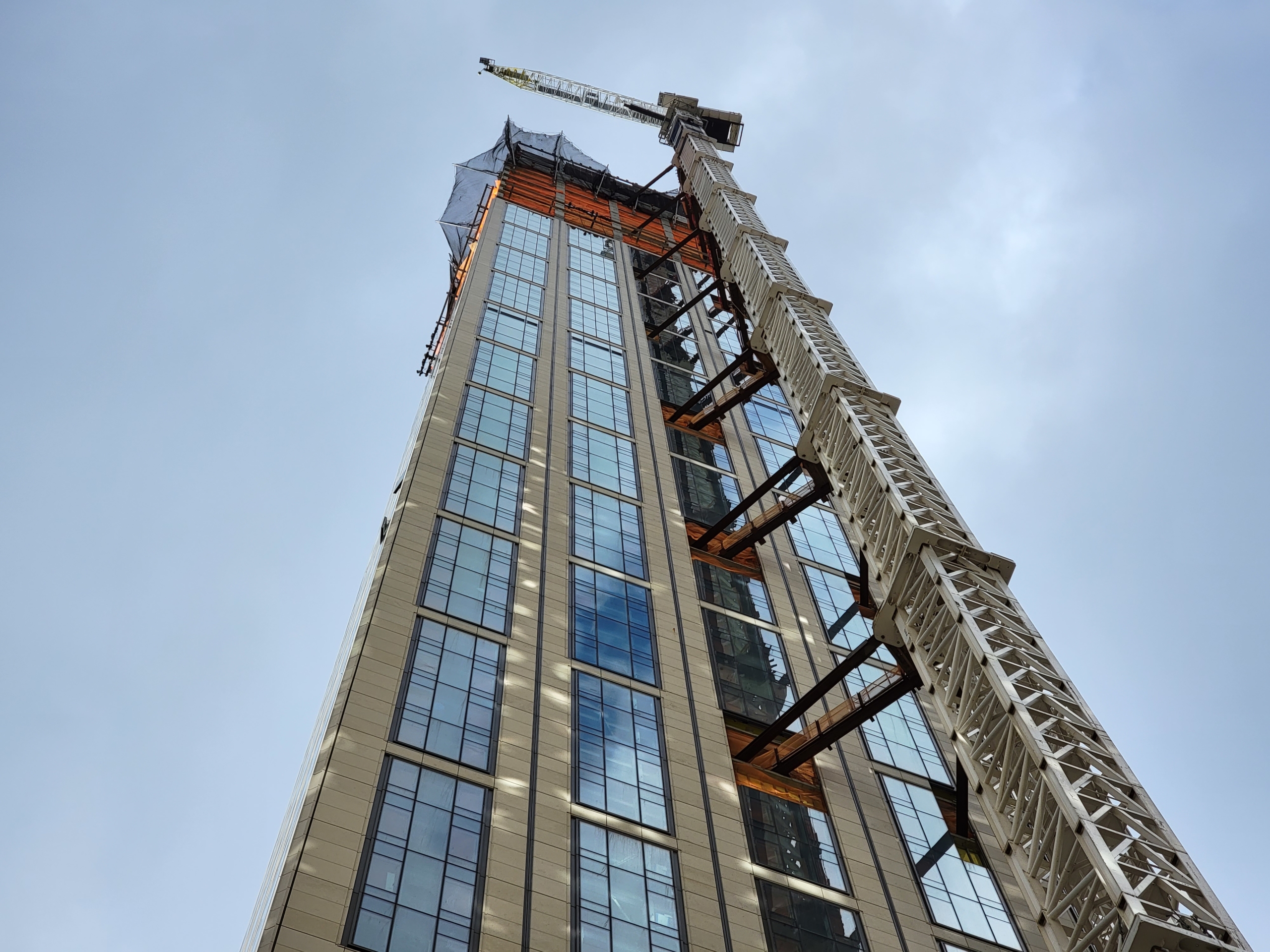Following our complete review of the Galaxy S21 Ultra, I planned to follow up with my own thoughts after another week with Samsung’s latest flagship. I knew I’d talk about the phone’s size, which is colossal, and it’s battery life, which is equally immense. But I’m skipping all of that, for now, because I’m in love with the Galaxy 21 Ultra’s camera.
I received both the Galaxy S21 and S21 Ultra for review, so I could experience both the entry point, and top end, of the lineup. I chose to review the former first, because it’s the phone that gets people in the door and has the price tag to appeal to the broadest market. I was disappointed by its cameras because they hadn’t appreciably progressed from the Galaxy S20 series. Then I switched to the Galaxy S21 Ultra, and it made me forget about the base S21 immediately
Noticeable quality improvements
The Galaxy S21 Ultra’s primary and ultrawide cameras don’t seem particularly impressive, or different from the S20 Ultra’s, but the details are very important. The primary 108-megapixel main camera is a refreshed version of the sensor from last generation and, critically, it’s now supported with a laser autofocus module, fixing the S20 Ultra’s horrible focus hunting problems. The ultrawide camera is 12MP, with the same focal length as the S21, but it’s an entirely different sensor, supported by autofocus.
The results are, well, fantastic. The main camera takes sharp, bright, colorful photos. And that’s just leaving it in its 12MP output (using 9-to-1 pixel binning), not switching to the full-res 108MP — there’s no need. With a sensor this big, you get exceptional lowlight photos, too, even without night mode triggering a long exposure. And in the daytime, that huge sensor gives you incredible natural background blur, saving you from using a fake portrait mode.
The ultrawide is admittedly not as sharp as the main camera — how could it be? — but it’s great nonetheless. Samsung has it tuned very well, producing the same sort of colorful, eye-catching shots as the main camera. And the most important role it plays is giving you versatility in the kinds of shots you can take — it’s an excellent counterweight to the zoom shots I’ll talk about in a moment. And with autofocus — a rarity for ultrawide cameras — you can actually take interesting close-up shots that have drama you just can’t get from a main camera.
I’m not about to gush about the zoom cameras, and it seems like I’m not alone, but that shouldn’t make you look past the real quality improvements in these primary cameras. The zoom doesn’t matter if those are the only good shots you can get — you need the whole package.
It’s all about the zoom, baby
The main and ultrawide cameras are very similar to the Note 20 Ultra’s, so they don’t in themselves make the S21 Ultra special. But the game changer here is the new zoom capabilities. A full year after we generally mocked Samsung for failing to live up to its “Space Zoom” hype, it seriously delivered with the S21 Ultra’s camera, thanks to improvements in hardware and software.
You get two zoom cameras — a 3X and 10X optical zoom from the main lens — which is smart because it can leverage different lens components for each to fit the needs of the situation. They are otherwise identical in their sensor, and both have OIS (optical image stabilization), which is important at 3X and downright necessary at 10X to combat hand shake. Samsung adds in considerably improved digital stabilization, making it dead simple to take sharp photos at up to 30X without even thinking twice about slowing down to shoot.
And shoot, you will. Captured at their native zooms of 3X and 10X, daylight photos are generally indistinguishable from the main camera. Samsung’s processing once again kicks out colorful, sharp, and pleasing photos. And because this is actual optical zoom, you get that true zoom look with a narrower field of view that looks distinctly different from just digitally zooming on the main sensor.
The quality available at 30X is shocking to me, after complaining about how poorly the last generation handled anything beyond 10X. With a tripod (or propping up the phone on something), you can easily get crisp shots at 50X, though you really start to see the camera’s limitations after that. If you have a very distant subject, a 100X shot can be acceptable, but we’re just not there yet.
The 3X and 10X shots are incredible, and you can capture them just as easily as the main camera.
The zoom cameras aren’t just for faraway subjects, though. The 3X camera in particular is lovely for close-up shots to get more detail and narrow the focus of the scene. It takes a bit more work, but even the 10X camera can be used on relatively close subjects; not to take a macro shot, per se, but to get that proper “telephoto” look to throw off the eye with a really unique perspective.
Being able to reach all the way from the ultrawide camera to a 30X zoom with the same phone, and get great quality at both extremes, makes the Galaxy S21 Ultra stand out. You may think you’re happy with your 2X or 3X optical zoom on your current phone, but as soon as you have this level of zoom capability, and quality, available at your fingertips, you’re going to be addicted.
The rest of the Galaxy S21 Ultra experience
Okay, I won’t go this entire article without talking about the rest of the Galaxy S21 Ultra experience.
The S21 Ultra is a truly massive phone. Tall, wide, and heavy. I’ve always battled with Samsung’s biggest phones, struggling with the fact that they’re uncomfortable to use one-handed and are often so big as to be uncomfortable in a pants pocket — but I always end up hanging on because they offer the features and specs I desire. My S21 Ultra has already taken a drop onto concrete in part because it’s so difficult to get a handle on. I really, really wish that Samsung could get this camera quality into a smaller device, because I hate having to make this trade-off.
The S21 Ultra is a complete package; it starts with the camera, but is backed up by the rest of its features.
But at least you get something for that size. The camera is, obviously, the primary win. But you also get battery life — a lot of battery life. I’ve ended most days with 40% to 50% battery remaining, which is fantastic and means I simply don’t think about battery throughout the day. Leave every feature turned on, it doesn’t matter — I know I’ll always make it. You also get a wonderful display, though that comes as little surprise to anyone who’s seen a Samsung in the last handful of years. There isn’t a single complaint to be found here.
Size aside, this is a no-compromise phone. Samsung pulled out all of the stops to give us everything we expect in an “Ultra” device. That starts with the camera, which is Samsung’s best yet. But it’s backed up by a complete package of features and capabilities that make sure you’re happy even when that viewfinder isn’t open.
Editors' Recommendations
- Samsung has a new (and cheaper) way to buy the Galaxy S23
- Having Galaxy S24 Ultra camera issues? A fix may be coming soon
- 5 phones you should buy instead of the Samsung Galaxy S24
- A new version of the Samsung Galaxy S24 could be coming soon
- The Galaxy S24 just got a big camera update. Here’s what’s new














































